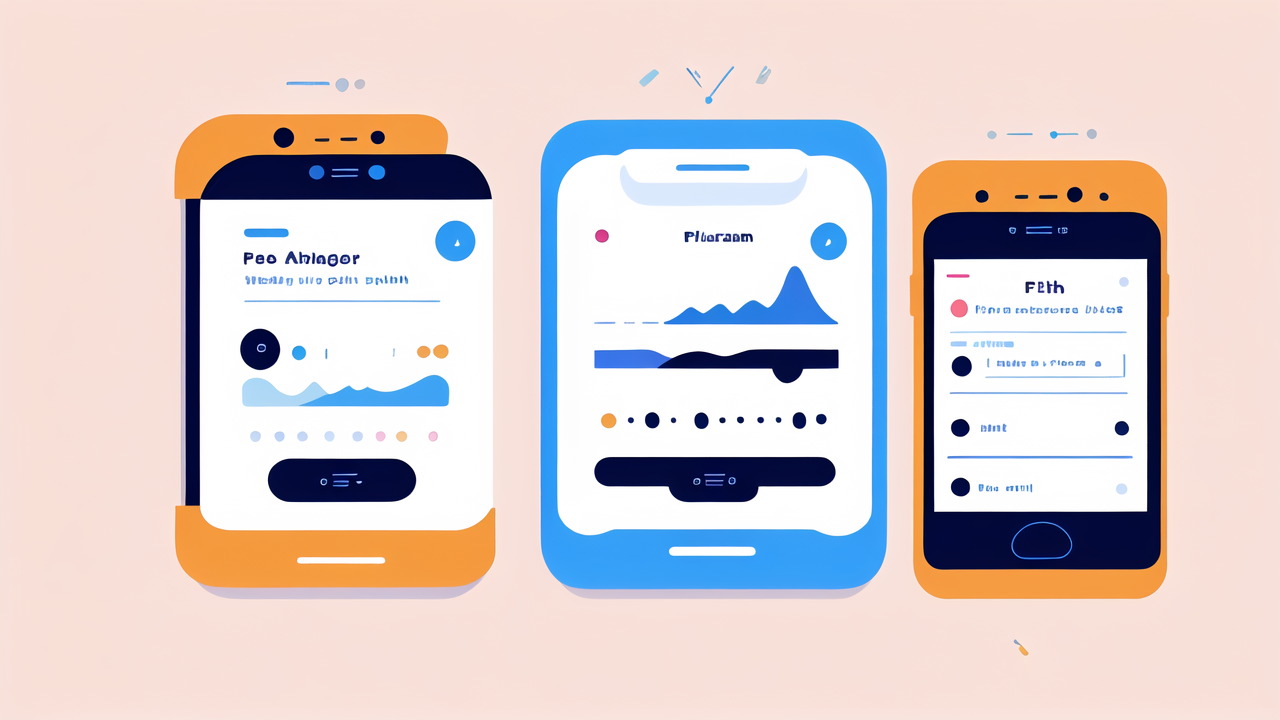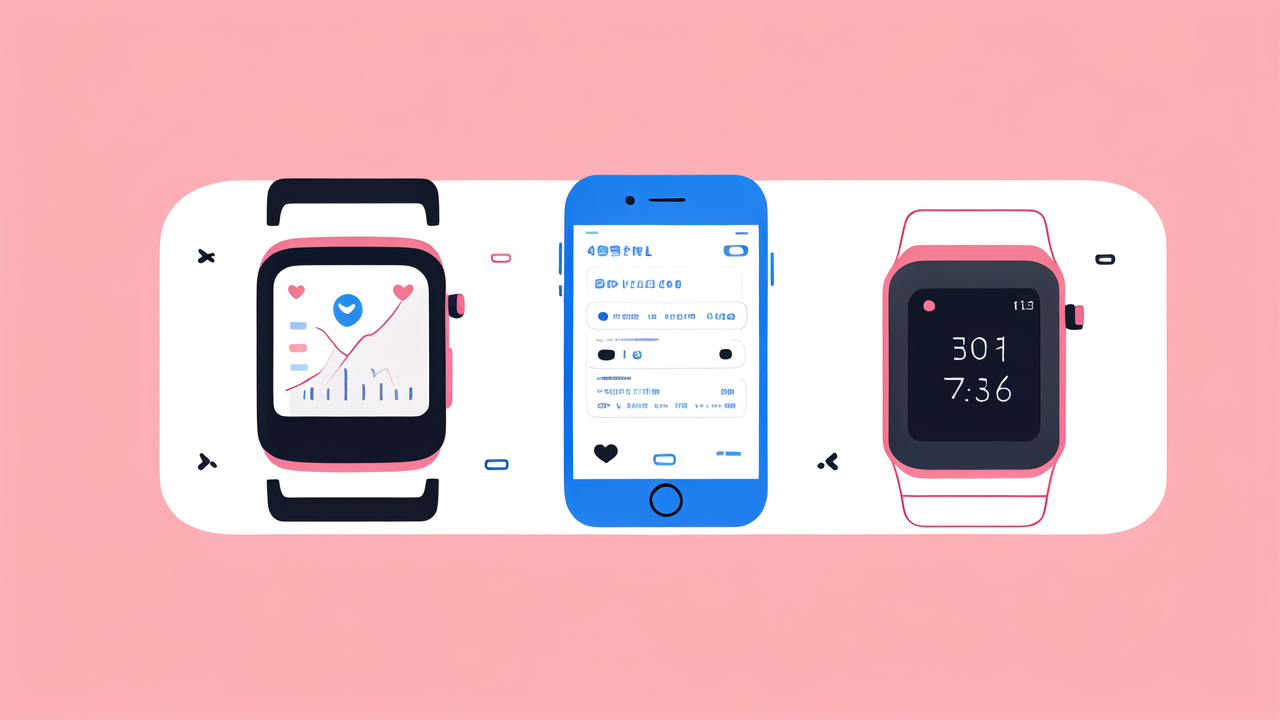The Rise of Smart Watches: A Historical Perspective
The Origins of Wearable Technology
Wearable tech has deep roots in history. Early forms date back to the 1960s. The first digital watch came out in 1972. It was a big step for wearables. These devices were simple. They only told time. But they paved the way for more advanced tech.

In the 1980s, calculator watches became popular. They added new functions to wrist-worn devices. The 1990s saw the rise of PDAs. These were not watches, but they were portable. They showed the potential of handheld smart devices.
The early 2000s brought the first true smart watches. They could run simple apps. Some could even make calls. These early models were clunky. But they showed what was possible. They set the stage for today's sleek, powerful smart watches.
Evolution from Simple Timepieces to Smart Devices
Smart watches have come a long way. Early models focused on basic tasks. They showed notifications from phones. Some tracked steps. But they were limited.
Over time, smart watches got smarter. They gained more sensors. This allowed for better health tracking. They also got more powerful processors. This meant they could run more complex apps.
Today's smart watches are mini-computers. They can track workouts, monitor heart rates, and even take ECGs. Some can make calls and send texts without a phone. They've become essential tools for many people.
The shift from simple to smart was gradual. Each new model added features. Batteries got better. Screens improved. Operating systems became more user-friendly. All these changes turned watches into powerful smart devices.
The Impact of Connectivity and IoT
Connectivity changed everything for smart watches. Wi-Fi and Bluetooth let watches talk to other devices. This opened up new possibilities. Watches could now sync data with phones and computers.
The Internet of Things (IoT) took this further. Smart watches became part of larger ecosystems. They could control smart home devices. They could receive data from fitness equipment. This made them more useful in daily life.
Connectivity also improved health features. Watches could send health data to doctors in real-time. They could alert emergency services if needed. This made them valuable health monitoring tools.
The rise of 4G and 5G networks had a big impact. Some watches now work without phones. They can stream music, make calls, and use apps on their own. This makes them more independent and versatile.
Health and Wellness Features in Today's Smart Watches
Advanced Heart Rate Monitoring
Heart rate monitoring has come a long way in smart watches. Early models used basic sensors. They could only track resting heart rates. Today's watches are much more advanced.

Modern smart watches use ECG sensors. These can detect irregular heart rhythms. Some can even spot signs of atrial fibrillation. This is a serious heart condition. Early detection can save lives.
Many watches now offer 24/7 heart rate tracking. They can alert users to high or low heart rates. Some can even detect sudden cardiac events. This constant monitoring provides valuable health insights.
Advanced algorithms help improve accuracy. They can filter out noise from movement. This means heart rate data is more reliable during exercise. Some watches can even estimate VO2 max. This is a key measure of fitness.
Sleep Tracking and Personalized Coaching
Sleep tracking has become a key feature of smart watches. Early sleep tracking was basic. It only measured time in bed. Now, watches can track sleep stages. They can tell when you're in light, deep, or REM sleep.
Many watches now offer sleep scores. These give users an easy way to track sleep quality. Some provide tips for better sleep. This might include suggestions for bedtime routines or ideal sleep schedules.
Advanced sensors play a big role in sleep tracking. Some watches can measure blood oxygen levels during sleep. This can help detect sleep apnea. Others track body temperature. This can help predict menstrual cycles.
Personalized coaching is a growing trend. Watches use sleep data to offer tailored advice. They might suggest changes to sleep habits. Some can even detect stress levels and offer relaxation tips.
Integration with Health Apps and Services
Smart watches now work with many health apps and services. This expands their usefulness. Users can sync data with fitness apps like Strava or MyFitnessPal. This provides a more complete picture of health.
Many watches can share data with healthcare providers. This is done through secure platforms. It allows doctors to monitor patients remotely. This is especially useful for managing chronic conditions.
Some insurance companies now offer incentives for using smart watches. They may give discounts for meeting fitness goals. This shows how these devices are changing healthcare.
Integration with nutrition apps is also common. Watches can track calories burned. Users can then log food intake in connected apps. This helps with weight management and overall health.
Future Prospects: What's Next for Smart Watches?
The Potential of AI and Machine Learning
AI and machine learning are set to transform smart watches. These technologies can analyze vast amounts of data. This could lead to more accurate health predictions. Watches might spot health issues before symptoms appear.

AI could make watches smarter in other ways too. They might learn user habits and adjust settings automatically. For example, a watch could change its display based on the time of day or user activity.
Machine learning could improve fitness tracking. It could provide more personalized workout plans. These would adapt based on user performance and goals. This could make smart watches even better fitness coaches.
In the future, AI might allow for more natural interactions. Users might be able to control their watches with gestures or even thoughts. This could make smart watches easier and more intuitive to use.
Interoperability with Medical Devices and IoT
Future smart watches may work better with medical devices. They might sync with glucose monitors for diabetics. Or they could connect to inhalers for people with asthma. This could help manage chronic conditions.
In the IoT world, watches could become central hubs. They might control smart home devices with voice commands. Or they could receive alerts from security systems. This would make them even more useful in daily life.
Some watches might even replace medical devices. They could monitor blood pressure or check blood sugar levels. This could make health monitoring less intrusive and more continuous.
Interoperability could also improve emergency response. Watches might detect falls or other emergencies. They could then alert caregivers or emergency services automatically.
The Role of Smart Watches in Telemedicine and Remote Monitoring
Smart watches are likely to play a big role in telemedicine. They could provide doctors with real-time health data. This could improve diagnoses and treatment plans. It could also reduce the need for in-person visits.
Remote monitoring could be especially useful for elderly care. Watches could track vital signs and activity levels. They could alert caregivers to potential problems. This could help seniors live independently for longer.
In mental health, smart watches could track mood and stress levels. They might detect signs of anxiety or depression. This could help with early intervention and treatment.
For chronic disease management, smart watches could be game-changers. They could remind patients to take medication. They could also track symptoms over time. This could lead to better disease management and outcomes.




Leave a comment
This site is protected by hCaptcha and the hCaptcha Privacy Policy and Terms of Service apply.